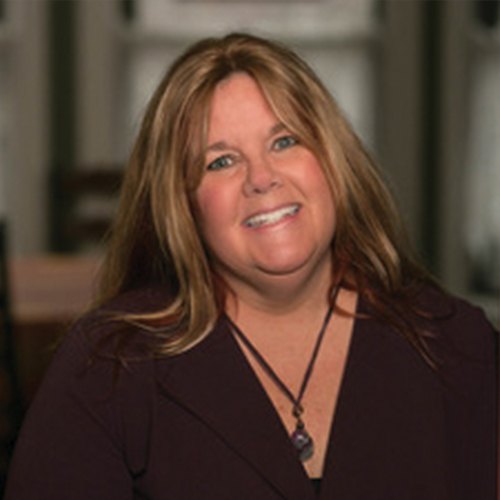Seasonal affective disorder (SAD) is a type of depression that recurs during fall and winter. Light therapy, often using a light box, can effectively alleviate symptoms by mimicking outdoor light to trigger mood-enhancing chemical changes in the brain. For optimal results, light therapy may be combined with other treatments like antidepressants or psychotherapy. Before starting light therapy, users should consult a healthcare provider, especially if they have bipolar disorder or existing eye conditions like glaucoma or cataracts. Improper use can lead to adverse effects, such as inducing manic symptoms in individuals with bipolar disorder.
Light boxes for SAD should provide 10,000 lux of light with minimal UV exposure and are best used in the morning for 20 to 30 minutes. Factors to consider when choosing a light box include brightness, UV filtration, and design tailored for SAD. It’s crucial to follow the manufacturer’s instructions and a healthcare provider’s guidance for effective and safe use. Light boxes are not FDA-regulated for SAD treatment, and most health insurance plans don’t cover the cost, so selecting a convenient, well-designed model that fits a person’s routine is key to consistent use and symptom relief.
Reference: Mayo Clinic Staff. Seasonal affective disorder treatment: Choosing a light box. Mayo Clinic. Published March 30, 2022. Accessed November 24, 2024. https://www.mayoclinic.org/diseases-conditions/seasonal-affective-disorder/in-depth/seasonal-affective-disorder-treatment/art-20048298#:~:text=A%20light%20therapy%20box%20mimics,to%2010%2C000%20lux%20of%20light


